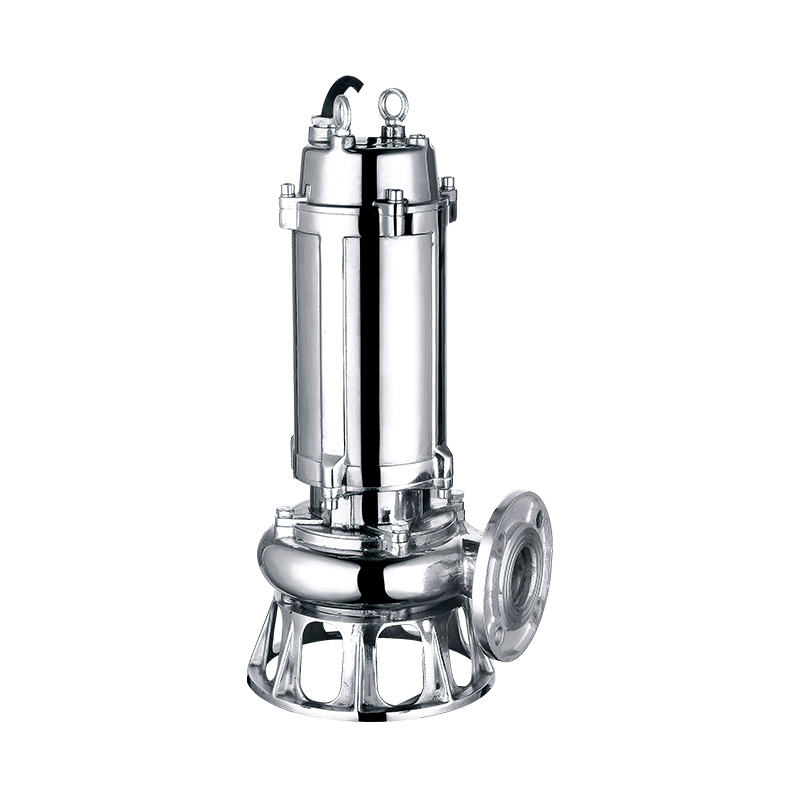The impeller is a critical rotating component in a chemical submersible well pump. It plays a central role in fluid movement by converting mechanical energy from the motor into kinetic energy, which is then used to transport chemical liquids from the well to the surface. The design, material selection, and configuration of the impeller directly influence the pump's hydraulic performance, efficiency, and compatibility with specific chemical media.

Impellers in chemical submersible well pumps are often constructed from corrosion-resistant materials, such as engineered plastics, stainless steel, or special alloy composites. These materials are selected to ensure chemical compatibility with a wide range of acidic, alkaline, or volatile fluids. The impeller must resist chemical degradation and maintain its structural integrity during prolonged exposure to aggressive substances.
There are several types of impeller designs used in chemical submersible well pumps, including open, semi-open, and enclosed types. Open impellers are often chosen for their ability to handle fluids with suspended particles, while enclosed impellers offer higher efficiency in handling clean or moderately contaminated chemical liquids.
The impeller's size, shape, and number of vanes influence the pump's head pressure and flow rate. Properly designed impellers enable smooth, continuous fluid movement while turbulence, which can be advantageous when dealing with sensitive or reactive fluids. By ensuring stable flow and durable performance, the impeller serves as the driving force behind the effective operation of chemical submersible well pumps.
Stainless steel submersible water pumps are widely used in potable water systems, industrial water supply, agricultural irrigation, and drainage applications. These pumps are constructed primarily from stainless steel, offering resistance to corrosion, oxidation, and wear. Their ability to operate in submerged environments makes them well-suited for deep wells, tanks, and sumps.
The basic operating principle of a stainless steel submersible water pump begins with the motor, which is housed in a sealed chamber to prevent water ingress. When the motor is energized, it rotates a shaft connected to one or more impellers. These impellers accelerate the water and create a centrifugal force that pushes the fluid outward into the pump casing and then upward through the discharge pipe.
As the water moves through the pump stages, kinetic energy is converted into pressure energy, enabling the liquid to be lifted to the surface or moved through a piping network. Depending on the design, a stainless steel submersible water pump may have a single impeller (for shallow applications) or multiple impellers arranged in series to achieve higher heads in deep installations.
These pumps typically include a check valve to prevent backflow when the pump is turned off, and many are equipped with thermal overload protection to safeguard the motor from overheating. The stainless steel construction provides not only mechanical durability but also hygienic benefits, making the pump suitable for handling clean drinking water and food-grade applications.
Efficient performance, corrosion resistance, and a sealed design contribute to the popularity of stainless steel submersible water pumps across multiple industries. Their operation is governed by consistent mechanical principles, yet their adaptability and long-term reliability make them a versatile solution in both residential and commercial water systems.
Understanding the function of the impeller in a chemical submersible well pump and the operating principles of a stainless steel submersible water pump helps ensure selection, maintenance, and usage in real-world applications. These elements are fundamental to delivering dependable and efficient pumping solutions in both specialized and general-purpose fluid management systems.